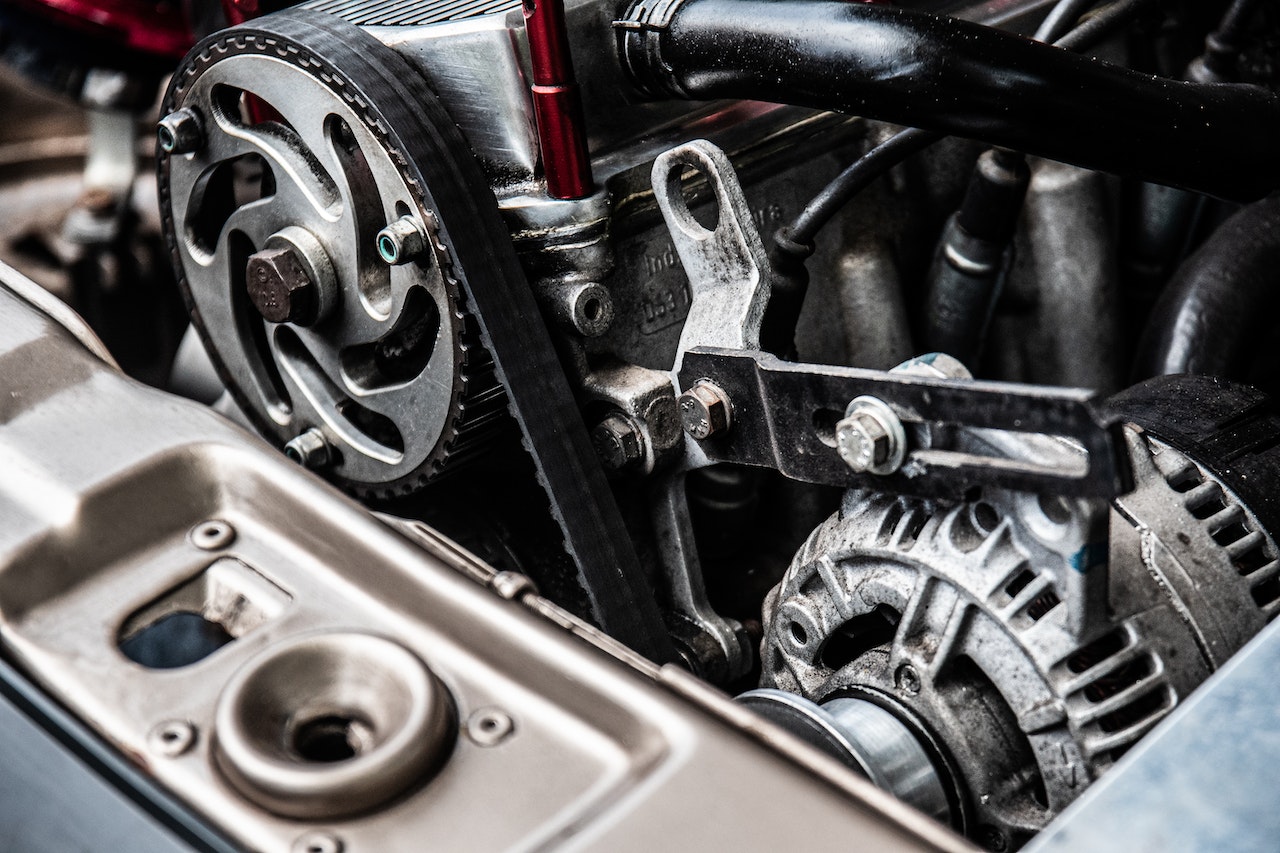Introduction
Your car’s suspension setup is what makes it possible for you to drive smoothly and safely on the road. If your suspension is damaged, you might notice things like an uncomfortable ride or unusual sounds coming from your car. If these problems persist over time, they can lead to costly repairs down the road. While some of these issues might not seem too serious at first glance, it’s best to inspect your vehicle for any visible damage before it becomes something more serious.
Uneven wear in your tires
If your car is making noises, shaking, or riding unevenly, it’s possible that you need car suspension repairs. In addition to tires wearing unevenly (if this is the case), several other signs can indicate a problem in your vehicle’s suspension setup:
- The steering wheel shakes when you drive on bumpy roads
- You have difficulty keeping control of the car when making turns
- The ride feels harsh or rough
It’s hard to turn your steering wheel.
It’s also important to note that if you’re having difficulty turning the steering wheel, it might not be your suspension. If this is the case, your car’s alignment may need readjusting. This can happen for several reasons:
- Your tires are worn out or misaligned
- Your vehicle has a bent rim or some other issue with your tire
- You have an issue with the suspension system itself (this is rare)
Your car pulls to one side of the road.
A car that pulls to one side of the road is usually caused by a problem with the alignment. The tires are not aligned properly, meaning that they’re not pointing in the same direction and/or parallel to each other. This happens when parts of your suspension set-up are worn out or broken, causing them to move around and misalign as you drive down the road.
The shocks on your car are leaking fluids.
If you see that your car is leaking shock fluid, this can be a sign of damage to the shock. It could also be a sign of a damaged seal, piston, or shaft.
If you’re not sure what’s going on with your shocks, have them checked out by an expert as soon as possible.
You can visibly see damage to your suspension.
You can visually inspect your car’s suspension by checking for damage to the shocks, springs, struts, and other parts of the system. You should also check for signs of wear in the tires. Cracks in the bodywork could be another indication that something isn’t right with your ride’s suspension system. It’s important to keep an eye out for leaks as well—if you notice a puddle or pooling under your car when it sits still for any period of time, this is cause for concern.
You hear a clunking noise when you drive over bumps or around corners.
That clunking noise you hear when you drive over bumps or around corners is usually caused by worn suspension parts. Your car’s shocks could have lost their ability to dampen shockwaves and absorb the impact of bumps in the road, which means that you’ll feel every bump in your suspension.
When that happens, it’s time to replace the parts before they damage other components like struts or springs. If you’re not sure what kind of suspension is on your vehicle, take it to a mechanic who will be able to inspect it for you.
Your car feels loose and wobbly at highway speeds.
Think of your car’s suspension system as the part of the car that keeps you from having to drive on eggshells. This system is made up of springs and shock absorbers, which help keep the tires of your vehicle in contact with the road at all times. When spring breaks, it can cause some serious problems for your car.
If you notice that your vehicle seems loose and wobbly when driving on highways, this may be an indication that something isn’t right with its suspension set-up or alignment.
Your car’s body sags or sits too low.
If your car’s body sags or sits too low, this can be a sign that your springs need to be replaced. Springs are the main component of suspension systems, and they’re responsible for supporting the weight of your vehicle and its passengers. They also help keep your tires properly aligned with the road surface. If these components wear out over time, it can lead to serious problems with control and safety.
If you notice that your car seems to be leaning to one side when parked on flat ground, this could be another indicator that its springs are worn out. In addition to creating a potentially dangerous driving experience by causing uneven weight distribution across different wheels during acceleration and braking maneuvers, uneven suspension systems also cause excessive tire wear and increased fuel consumption due to the additional friction created by misalignment between axles and tire treads.
You can easily inspect for some of these problems yourself, but it’s best to have a professional inspect your vehicle if you suspect an issue with the suspension
- You can easily inspect for some of these problems yourself, but it’s best to have a professional inspect your vehicle if you suspect an issue with the suspension.
- You should have your car inspected at least once a year.
Conclusion
While it’s tempting to try and save money by doing the work yourself, we recommend that you have a professional inspect your vehicle if you suspect an issue with the suspension. These are complex systems that require careful diagnosis and repair work so that they perform their job properly—and if you don’t know what you’re doing, then it’s easy for things to get even worse! It’s always best to let someone who knows what they’re doing take care of this kind of problem so that they don’t end up costing more money down the road.









